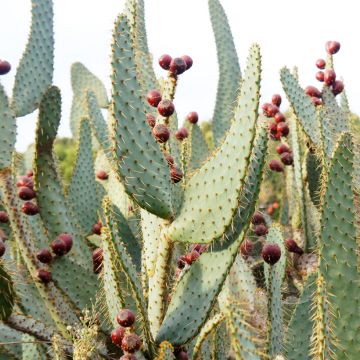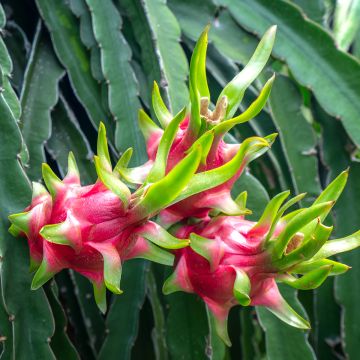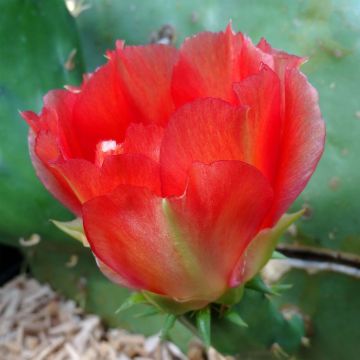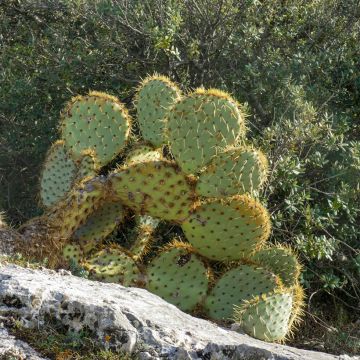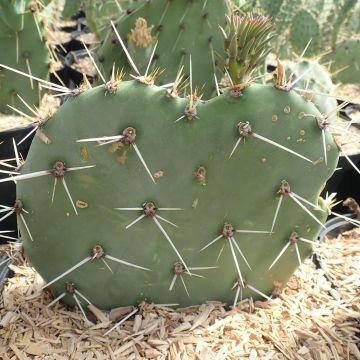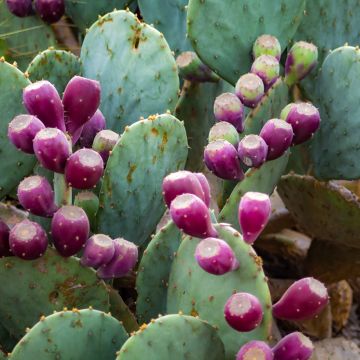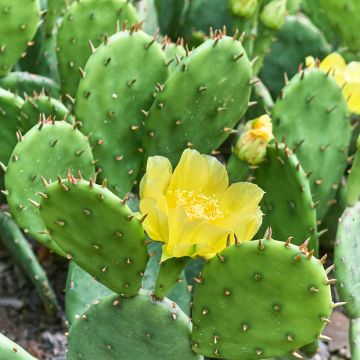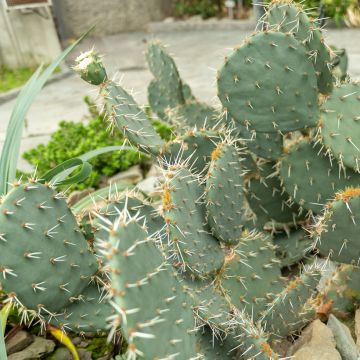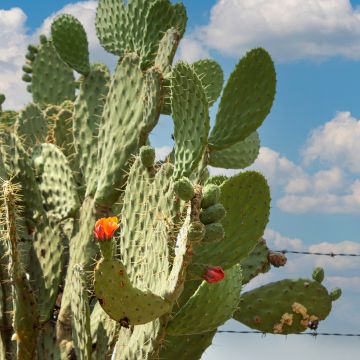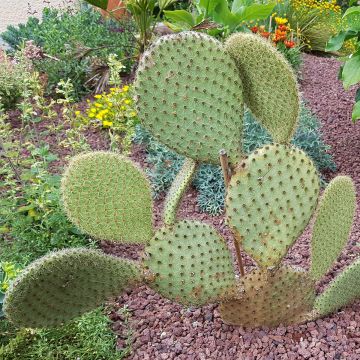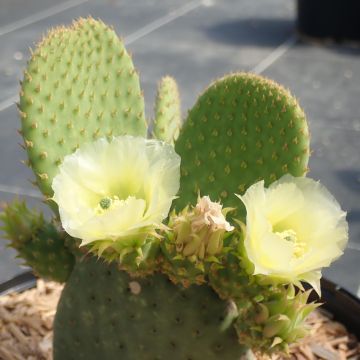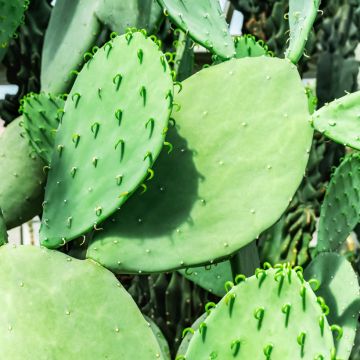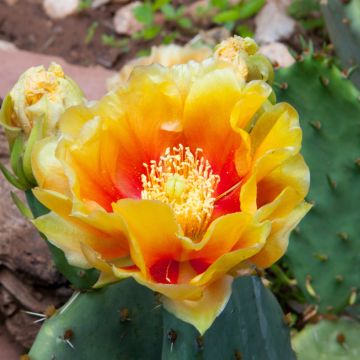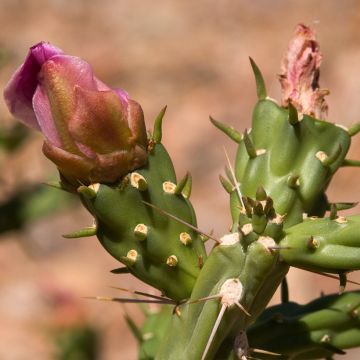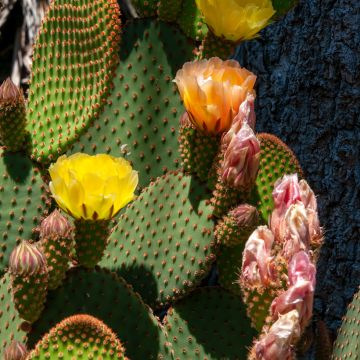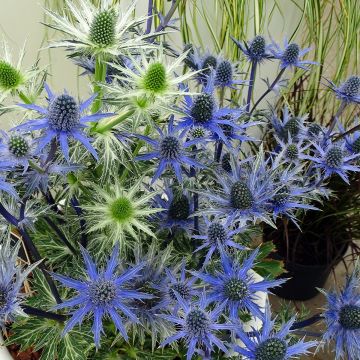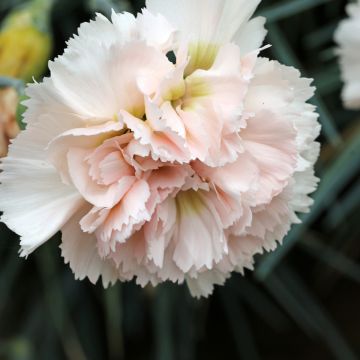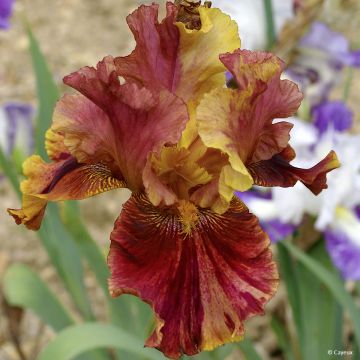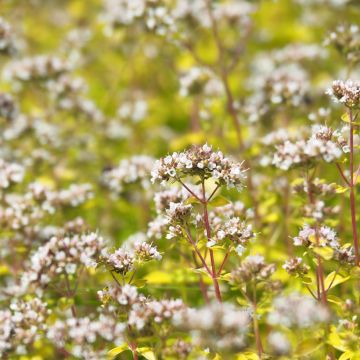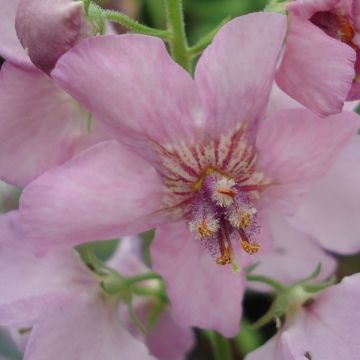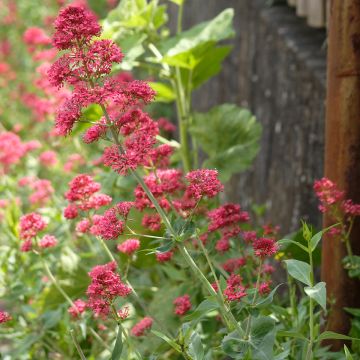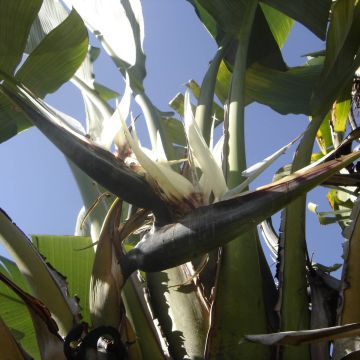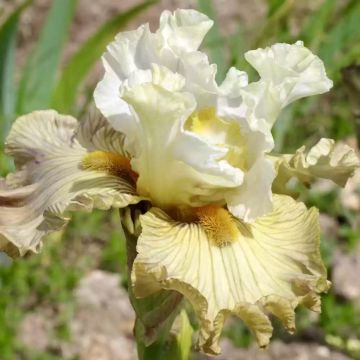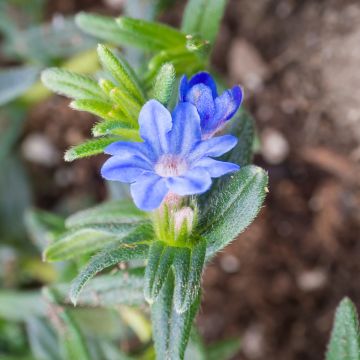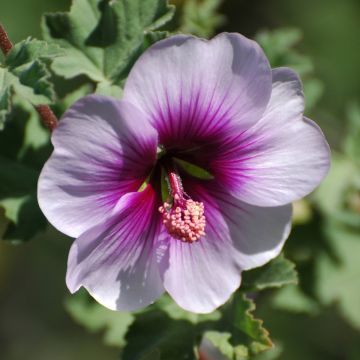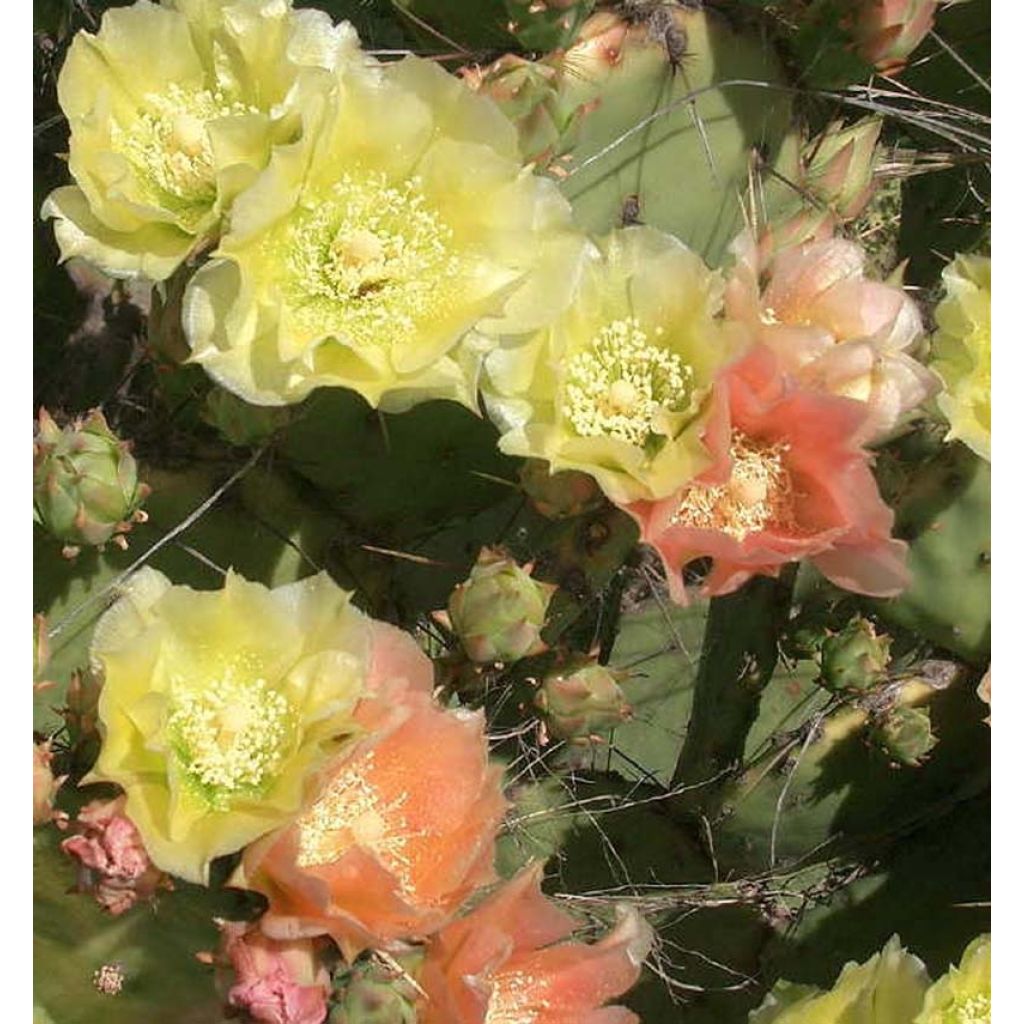

Opuntia atrispina - Oponce
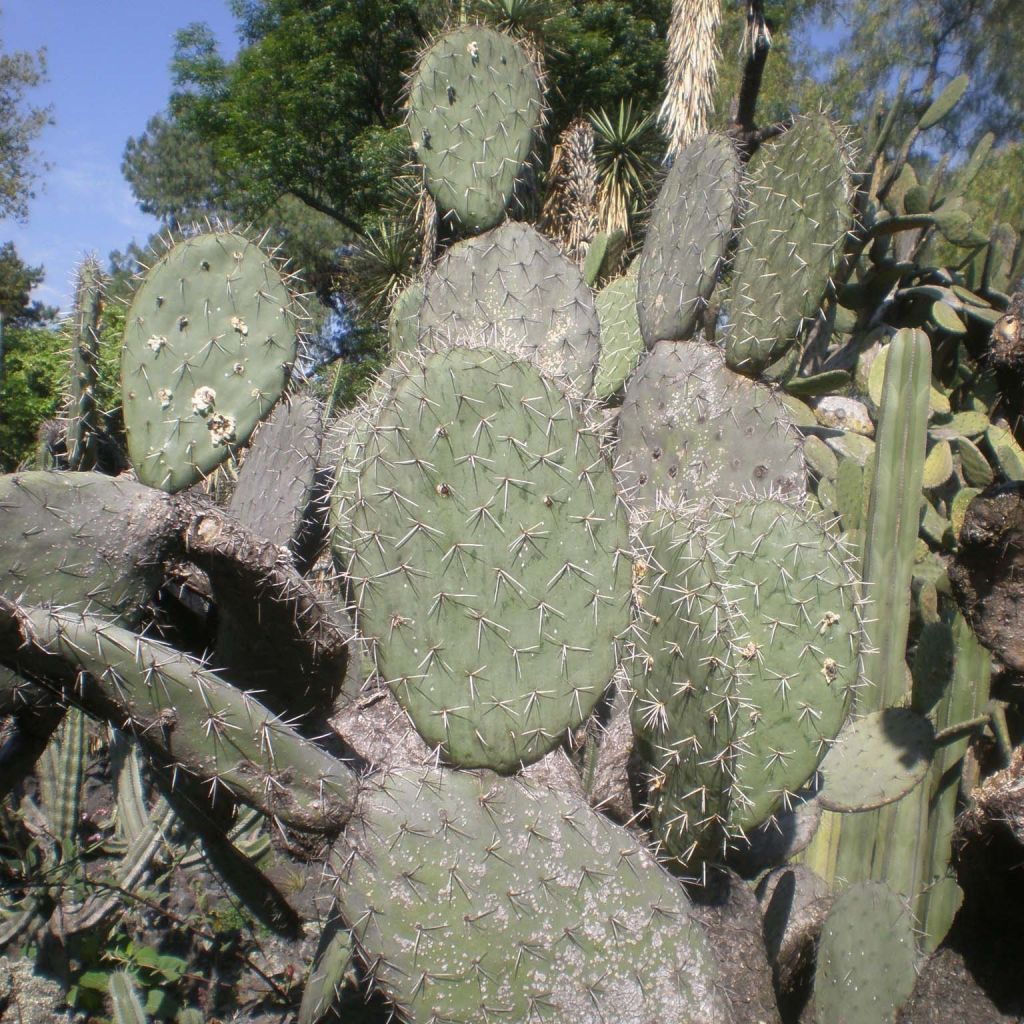

Opuntia atrispina - Oponce
Opuntia atrispina - Prickly Pear
Opuntia atrispina
Texas Prickly Pear, Opuntia
Received this beautiful prickly pear with a very large number of pads. The plant suffered greatly during transportation. Too many pads were broken. The packaging is a bit inadequate for this type of plant. I restructured it as best I could with elastics and stakes. I can't wait to see its flowers.
Sandrine, 29/01/2021
Why not try an alternative variety in stock?
View all →This plant carries a 12 months recovery warranty
More information
We guarantee the quality of our plants for a full growing cycle, and will replace at our expense any plant that fails to recover under normal climatic and planting conditions.
From €5.90 for pickup delivery and €6.90 for home delivery
Express home delivery from €8.90.
Does this plant fit my garden?
Set up your Plantfit profile →
Description
The Opuntia astrispina is a relatively hardy cactus with medium growth, in a well-drained soil, that will charm you with its spring flowering in changing colors, absolutely delightful. This relative of the prickly pear forms a fairly low but well-branched bush, composed of flattened branches commonly called circular pads, with a bluish color, which bear short white pricks with red and black bases on their periphery. Its flowering is early and delicately multicolored in shades of cream, yellow, salmon, pink, and red. It is followed by the production of beautiful red fruits, edible but not very tasty. Surprising in a minimalist setting, delightful against a backdrop of rocks and blue sky, it naturally structures exotic, contemporary, and arid slopes.
The Opuntia astrispina is a succulent shrub plant devoid of true leaves, from the cactus family. This botanical species is native to a small area of Texas and its adjacent region in Mexico, where it thrives in arid environments. An adult plant measures approximately 50-60 cm (20-24in) in height and spreads at least 1 m (3ft) in favorable conditions. The densely branched vegetation is composed of a "trunk" that becomes woody over time, dividing into erect flattened branches, commonly called pads, and named articles or cladodes by botanists. The pads measure 10 to 15 cm (4 to 6in) wide by 10 to 20 cm (4 to 8in) long and are obovate to circular in shape. Their surface, bluish green-gray in color, is smooth. The pricks are only present on their margin. They are short and sturdy, white with red and black bases, surrounded by tiny pricks called glochides, gathered in small tufts, very dangerous when handling. Flowering takes place in early May depending on the climate. Several flowers appear on the periphery of the pads, sometimes assembled in bouquets. Their color changes successively from white to cream-white, sometimes touched with green, pale yellow, peach, salmon, and pink before becoming reddish. They measure approximately 5 cm (2in) in diameter. The flowers give way to rounded fruits, also heavily covered in glochides, which turn purple at maturity. They are edible, but less tasty than those of the prickly pear, the Opuntia ficus indica.
Cultivable in not too cold regions, this "cactus" is hardy up to -12°C (10.4°F) without protection, but in a perfectly drained, stony, rocky, or sandy soil. It is a good plant for a southern garden without watering. It will find its place in a large rock garden or gravel bed, where its sharp silhouette will stand out beautifully in a mineral and austere setting. It can be associated with other plants that thrive in dry soil with a more classic appearance, such as giant fennel, large laurel-leaved rockroses (Cistus laurifolius), and tree-like euphorbias (E.mellifera or dendroides). Planted as a dense hedge, the Opuntia astrispina will create a low defensive hedge. It should be kept away from paths and children, due to its formidable spines, as well as the transparent, almost invisible to the naked eye, pricks that penetrate our skin with disconcerting ease and are difficult to remove.
Report an error about the product description
Opuntia atrispina - Prickly Pear in pictures
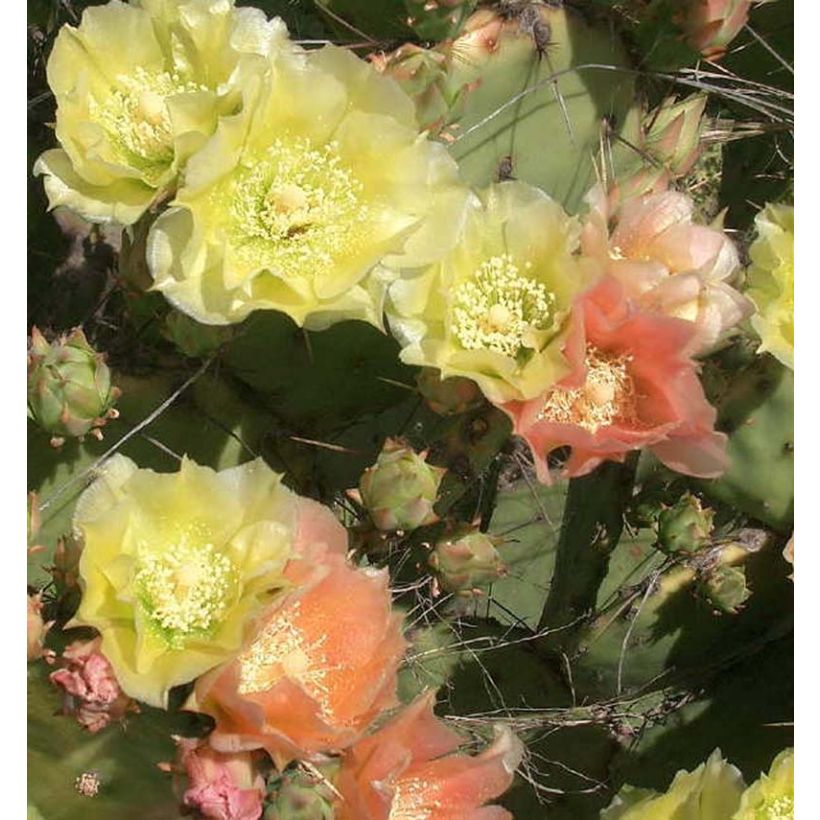

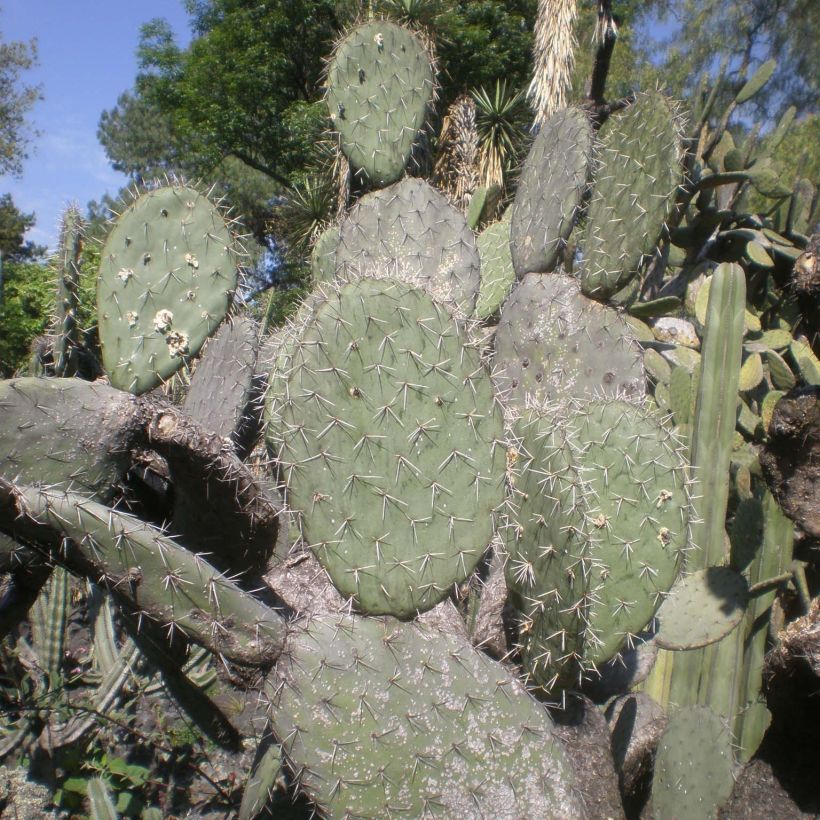

Flowering
Foliage
Plant habit
Botanical data
Opuntia
atrispina
Cactaceae
Texas Prickly Pear, Opuntia
North America
Other Opuntia
Planting and care
Plant Opuntia astrispina in spring or early autumn, in full sun, in preferably poor, even rocky, stony, slightly calcareous, sandy, but very well-drained soils. It tolerates winter humidity in very porous soil, and appreciates dry, even arid soils in summer. It will withstand frosts down to -10/-12°C (14/10.4°F). This species also tolerates sea spray, so it can be cultivated both inland and coastal areas. It is not known to be susceptible to pests.
Cultivation substrate: 3/4 potting soil + 1/4 vegetable soil + organic fertilizer for potted plants. Sandy, very stony soil, poor in clay for open ground cultivation.
Propagation: by cutting of "prickly pear", easy: take a segment at a junction, place it on a cactus-type substrate for a few days, until a callus forms. Then, insert the base of the cutting a little deeper into the soil and water regularly. The plant will not flower or fruit until it is 3 years old.
Planting period
Intended location
Care
-
, onOrder confirmed
Reply from on Promesse de fleurs
Mediterranean perennials
Haven't found what you were looking for?
Hardiness is the lowest winter temperature a plant can endure without suffering serious damage or even dying. However, hardiness is affected by location (a sheltered area, such as a patio), protection (winter cover) and soil type (hardiness is improved by well-drained soil).

Photo Sharing Terms & Conditions
In order to encourage gardeners to interact and share their experiences, Promesse de fleurs offers various media enabling content to be uploaded onto its Site - in particular via the ‘Photo sharing’ module.
The User agrees to refrain from:
- Posting any content that is illegal, prejudicial, insulting, racist, inciteful to hatred, revisionist, contrary to public decency, that infringes on privacy or on the privacy rights of third parties, in particular the publicity rights of persons and goods, intellectual property rights, or the right to privacy.
- Submitting content on behalf of a third party;
- Impersonate the identity of a third party and/or publish any personal information about a third party;
In general, the User undertakes to refrain from any unethical behaviour.
All Content (in particular text, comments, files, images, photos, videos, creative works, etc.), which may be subject to property or intellectual property rights, image or other private rights, shall remain the property of the User, subject to the limited rights granted by the terms of the licence granted by Promesse de fleurs as stated below. Users are at liberty to publish or not to publish such Content on the Site, notably via the ‘Photo Sharing’ facility, and accept that this Content shall be made public and freely accessible, notably on the Internet.
Users further acknowledge, undertake to have ,and guarantee that they hold all necessary rights and permissions to publish such material on the Site, in particular with regard to the legislation in force pertaining to any privacy, property, intellectual property, image, or contractual rights, or rights of any other nature. By publishing such Content on the Site, Users acknowledge accepting full liability as publishers of the Content within the meaning of the law, and grant Promesse de fleurs, free of charge, an inclusive, worldwide licence for the said Content for the entire duration of its publication, including all reproduction, representation, up/downloading, displaying, performing, transmission, and storage rights.
Users also grant permission for their name to be linked to the Content and accept that this link may not always be made available.
By engaging in posting material, Users consent to their Content becoming automatically accessible on the Internet, in particular on other sites and/or blogs and/or web pages of the Promesse de fleurs site, including in particular social pages and the Promesse de fleurs catalogue.
Users may secure the removal of entrusted content free of charge by issuing a simple request via our contact form.
The flowering period indicated on our website applies to countries and regions located in USDA zone 8 (France, the United Kingdom, Ireland, the Netherlands, etc.)
It will vary according to where you live:
- In zones 9 to 10 (Italy, Spain, Greece, etc.), flowering will occur about 2 to 4 weeks earlier.
- In zones 6 to 7 (Germany, Poland, Slovenia, and lower mountainous regions), flowering will be delayed by 2 to 3 weeks.
- In zone 5 (Central Europe, Scandinavia), blooming will be delayed by 3 to 5 weeks.
In temperate climates, pruning of spring-flowering shrubs (forsythia, spireas, etc.) should be done just after flowering.
Pruning of summer-flowering shrubs (Indian Lilac, Perovskia, etc.) can be done in winter or spring.
In cold regions as well as with frost-sensitive plants, avoid pruning too early when severe frosts may still occur.
The planting period indicated on our website applies to countries and regions located in USDA zone 8 (France, United Kingdom, Ireland, Netherlands).
It will vary according to where you live:
- In Mediterranean zones (Marseille, Madrid, Milan, etc.), autumn and winter are the best planting periods.
- In continental zones (Strasbourg, Munich, Vienna, etc.), delay planting by 2 to 3 weeks in spring and bring it forward by 2 to 4 weeks in autumn.
- In mountainous regions (the Alps, Pyrenees, Carpathians, etc.), it is best to plant in late spring (May-June) or late summer (August-September).
The harvesting period indicated on our website applies to countries and regions in USDA zone 8 (France, England, Ireland, the Netherlands).
In colder areas (Scandinavia, Poland, Austria...) fruit and vegetable harvests are likely to be delayed by 3-4 weeks.
In warmer areas (Italy, Spain, Greece, etc.), harvesting will probably take place earlier, depending on weather conditions.
The sowing periods indicated on our website apply to countries and regions within USDA Zone 8 (France, UK, Ireland, Netherlands).
In colder areas (Scandinavia, Poland, Austria...), delay any outdoor sowing by 3-4 weeks, or sow under glass.
In warmer climes (Italy, Spain, Greece, etc.), bring outdoor sowing forward by a few weeks.


































